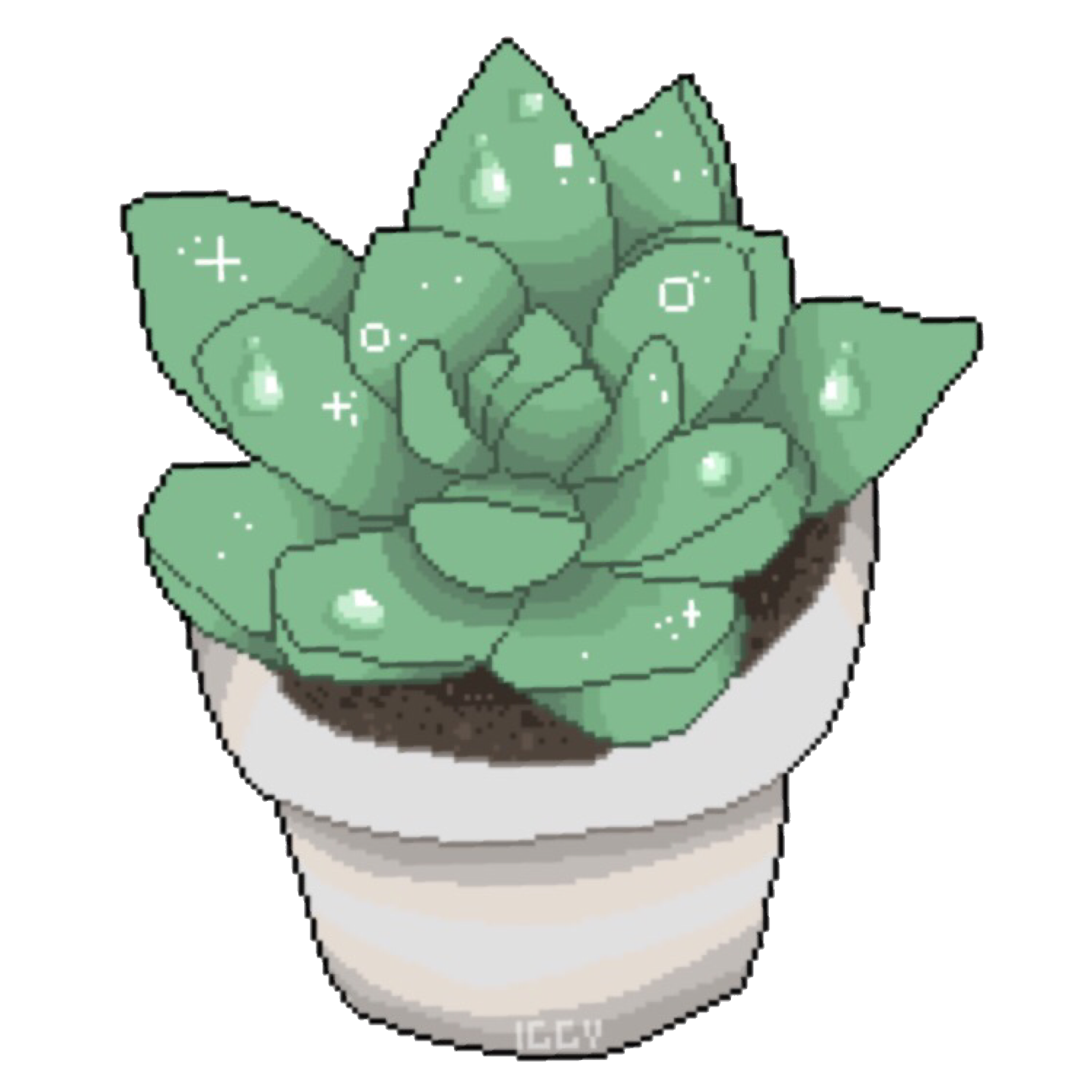Here are the tiny leaf pullings of my Pinguicula agnata and P. moranensis.
The main substrate is LECA, with a top dress layer of living mosses.
The moss samples were foraged from parks, concrete, and more, then transferred to propagation boxes to get a clean sample, and then sprinkled on top of the substrate.
Right now, I use a mix of different species with different growing condition preferences, because I wanna see which ones thrive and which not.
Pings grow on rocks and trunks in nature, where they often anchor in mosses, which gives them steady moisture.
Why?
- Because they look neat
- Because they give my GF the signal to NOT water with fertilizer when I’m out of house. I plan to at least top dress ALL my carnivorous plants with moss in the future.
- Because the LECA is often too airy (big gaps between the balls), and Pings root very shallow, so they often dried out
- To give them a place where the leaves can rest without salt residues
- To support more microfauna, like springtails, which act as “infant food” for the sticky leaves
- And because it looks neat, did I already say that?
It will probably take a month or two for the mosses to sprout again and cover the surface.
As soon as I see any progress, I will update y’all 👋




I made a guide a few weeks ago, here it is
LECA is expanded clay balls. Similar to pumice for example, it has a lot of pores, which draw up water by capillary action. It is constantly moist, but also highly aerated and my hydroponic medium of choice.
I also made a few posts about it, including microscope pictures and explaining the concept of semi-hydro :)
Thank you so much for the guide. I want to add plumbing and add aquaponic gardens to our freshwater aquariums.
It’s hard planning any big future projects since I don’t know when we’re going to have to flee the country.